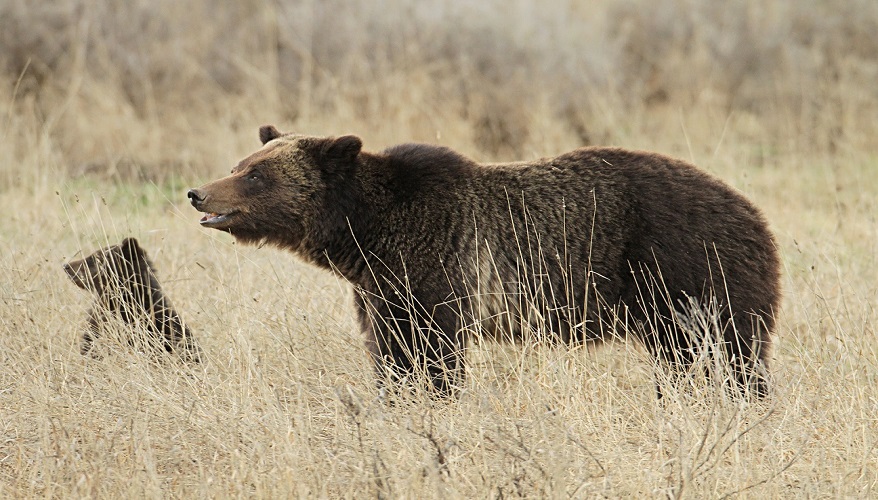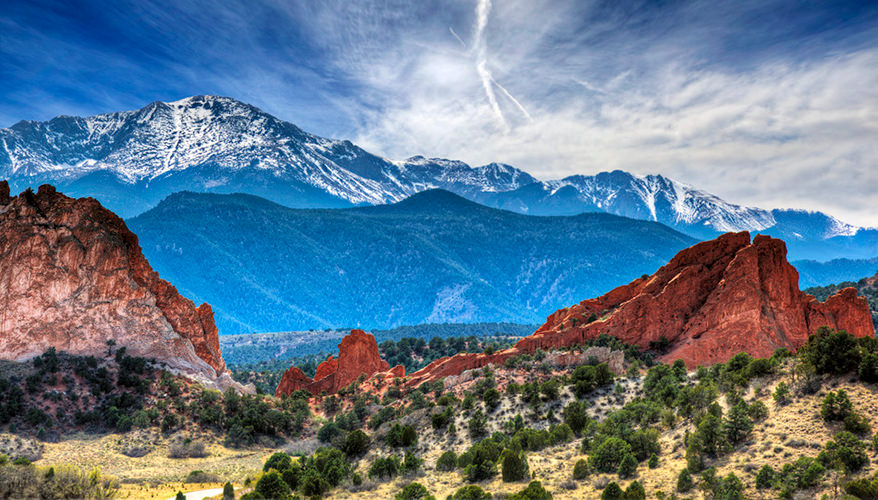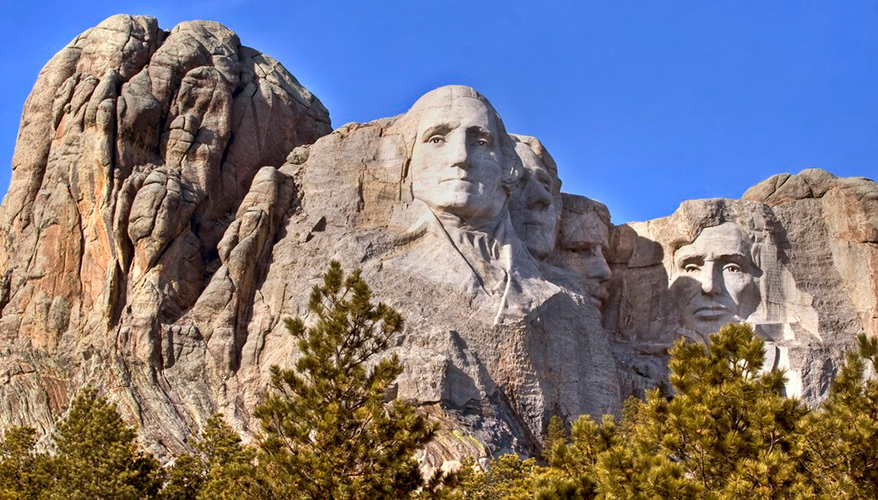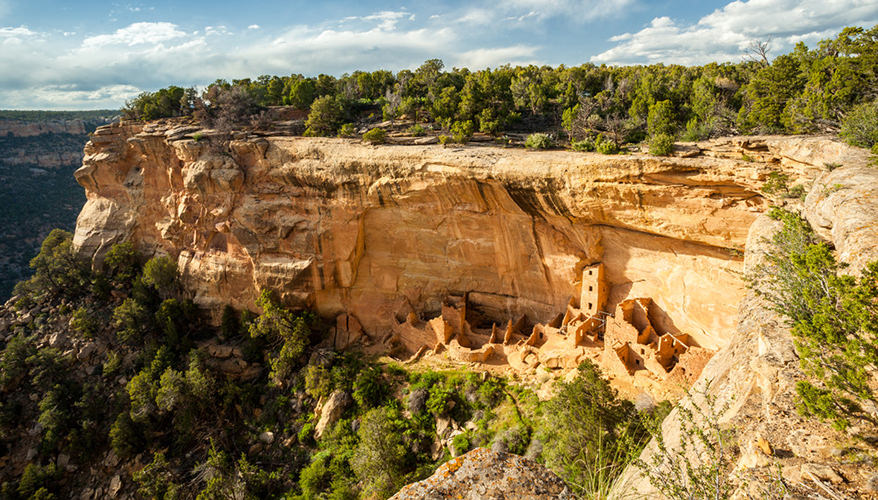Denver
When the first flakes of gold were found in Cherry Creek, Denver sprouted up as a mining camp filled with gunslingers, gamblers, gold miners, saloons, cattlemen and a sheriff. Goodness, how things have changed. Today's Mile High City is the center of a very sophisticated state, one of the most educated, prosperous and ecologically minded places in the world. Downtown, the 16th Street Mall connects the Capitol Building with LoDo (Lower Downtown) the cultural district that a century ago was home to Bat Masterson, Calamity Jane and other frontier icons. The Colorado State History Museum, the Denver Museum of Nature and Science, the Denver Visitor Center, and the Molly Brown House, home of the "unsinkable" local heroine, are all nearby. Try one of the interesting restaurants in LoDo for dinner.
A walking tour of downtown introduces you to distinctive architecture that was, almost from the beginning, built for permanence. Good clay for bricks was plentiful, local wood was soft. As a result, much of the massive masonry architecture constructed around the turn of the century is still in use. The Santa Fe Arts District has Denver's largest collection of art galleries. Cherry Creek has the best shopping and dining. Quaint Old South Pearl Street has a Farmer's Market every Sunday. The Highlands neighborhood was recently featured in National Geographic Traveler and Travel + Leisure Magazine as a great place to visit.


 "103 miles"
"103 miles"


